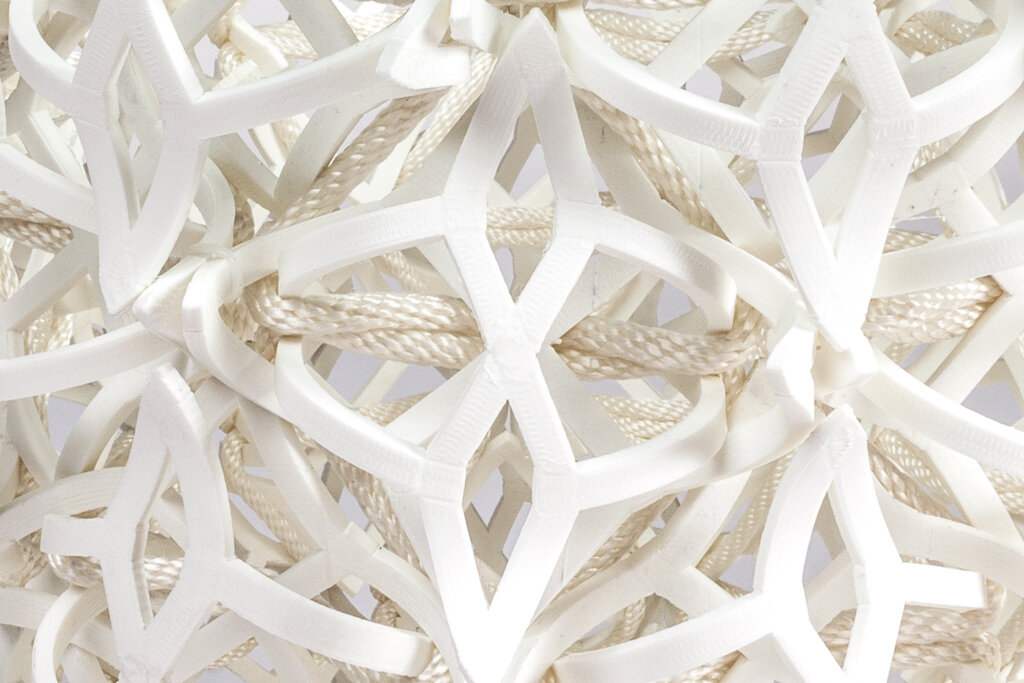SimuLearn: Fast and Accurate Simulator to Support Morphing Materials Design and Workflows
2018-2020
SimuLearn is a data-driven method that combines finite element analysis and machine learning to create real-time (0.61 seconds) and truthful (97% accuracy) morphing material simulators. We use mesh-like 4D printed structures to contextualize this method and prototype design tools to exemplify the design workflows and spaces enabled by a fast and accurate simulation method.
This is a collaborative effort between Morphing Matter Lab and Computational Bio-Modeling Lab at CMU.
By Humphrey Yang, Kuanren Qian, Haolin Liu, Yuxuan Yu, Jianzhe Gu, Matthew McGehee, Yongjie Jessica Zhang, Lining Yao
Papers:
“SimuLearn: Fast and Accurate Simulator to Support Morphing Materials Design and Workflows” in the ACM User Interface Software and Technology Symposium (UIST) 2020 PDF | DOI
”Material Characterization and Precise Finite Element Analysis of Fiber Reinforced Thermoplastic Composites for 4D Printing” in Journal of Computer Aided Design (CAD) 2020 PDF | DOI
”Hybrid IGA-FEA of Fiber Reinforced Thermoplastic Composites for Forward Design of AI-Enabled 4D Printing”, in Journal of Materials Processing Technology 2022 Jan 17 PDF | DOI
Recent technological advancements have created a library of smart materials that afford novel functionalities. 4D printing, in particular, administers more efficient and economical prototyping as well as manufacturing. However, due to the lack of fast and accurate transformation simulators, currently available 4D printing CAD tools cannot effectively support users to iterate designs with complex (i.e., net-like) topologies. To address this issue, we take mesh-like structures as an example to introduce a novel SimuLearn system. Results show that SimuLearn enables much faster design iteration and allows users to integrate material response into their design workflows.
Interactively designing a unit cell of an aggregated table stand structure.
Inverse-designing a modular lampshade.
Multiple self-optimization steps to generate the modules for the lampshade.
More complex mesh grids hint the future when such AI-empowered design tools can create assistive wearables.
For the machine learning-based simulator, we use a parametric script to generate training data.




























